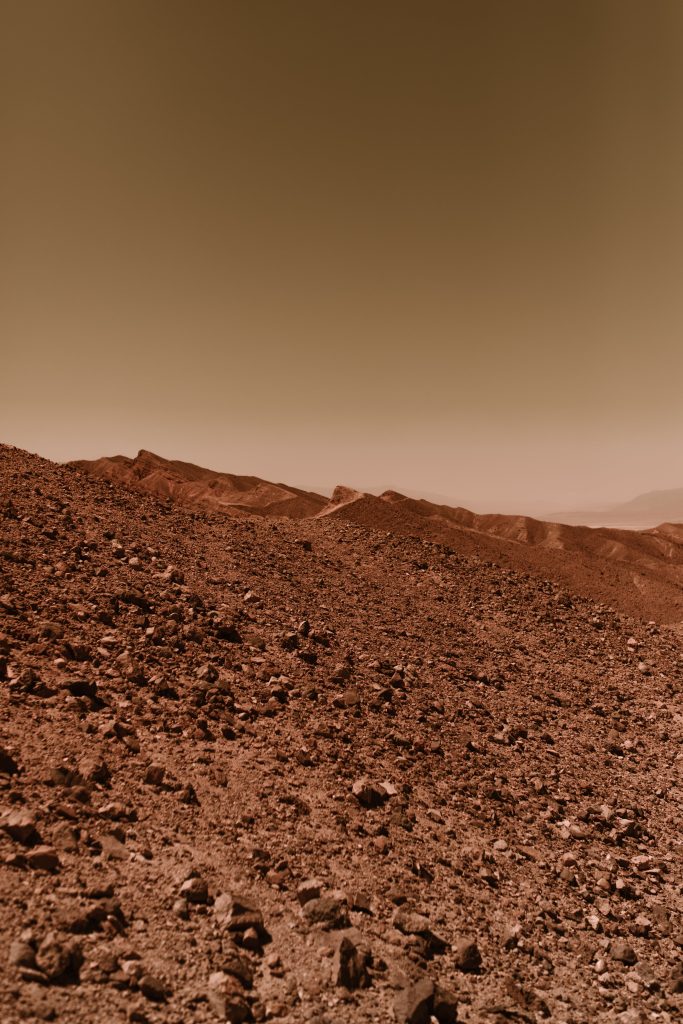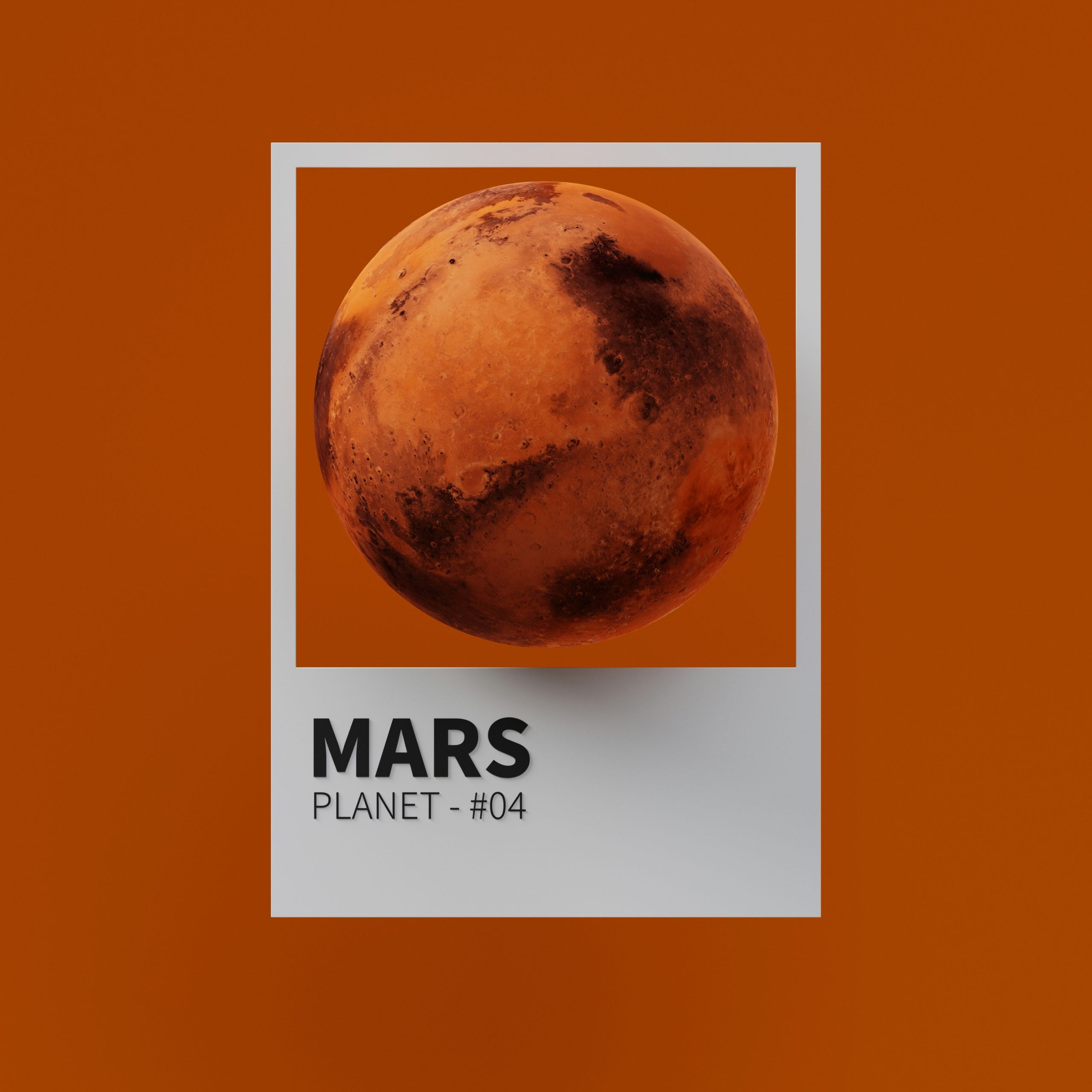The notion that pathogenic bacteria could persist on Mars stems from studies exploring the resilience of extremophiles—microorganisms capable of surviving in extreme environments—to Martian conditions. Despite the planet’s inhospitable landscape characterized by low temperatures, high radiation levels, and a lack of liquid water on the surface, certain extremophiles on Earth have demonstrated remarkable adaptability and survival skills.

Key to the potential survival of pathogenic bacteria on Mars is their capacity to endure adverse conditions, including desiccation, extreme cold, and exposure to ultraviolet (UV) radiation. These hardy microorganisms possess protective mechanisms, such as spore formation and DNA repair systems, which enable them to withstand environmental stressors and maintain viability over extended periods.
One notable example is the bacterium Deinococcus radiodurans, often dubbed “Conan the Bacterium” for its legendary resilience to radiation. This extremophile has been shown to survive in simulated Martian conditions and could serve as a model for understanding the potential for microbial life on the Red Planet.

The implications of pathogenic bacteria surviving on Mars extend beyond scientific curiosity. As humanity contemplates future manned missions to Mars and the possibility of establishing permanent settlements, the presence of microbial life—including potentially harmful pathogens—raises concerns about planetary protection and the safeguarding of human health.
The inadvertent introduction of pathogenic bacteria to Mars through human activities, such as spacecraft contamination or colonization efforts, could have unforeseen consequences. In a closed environment with limited resources, the proliferation of harmful microorganisms could pose significant risks to the health and well-being of future Martian colonists.

Moreover, the detection of pathogenic bacteria on Mars—whether native or introduced—would have profound implications for the search for extraterrestrial life. It would challenge our understanding of the limits of life and raise questions about the potential for biotic exchange between Earth and other celestial bodies.
As humanity embarks on the next frontier of space exploration, the potential survival of pathogenic bacteria on Mars underscores the importance of rigorous planetary protection protocols and biocontainment measures. It also highlights the need for further research into the resilience of extremophiles and the potential hazards posed by microbial contamination in space exploration missions.

In conclusion, while the idea of pathogenic bacteria thriving on Mars may seem like science fiction, emerging evidence suggests that it warrants serious consideration in the context of future space exploration endeavors. As we venture deeper into the cosmos, we must remain vigilant in our efforts to understand and mitigate the potential risks posed by microbial life beyond Earth.
